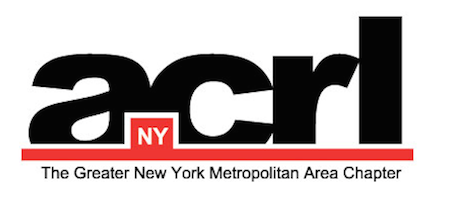By Lily Sacharow
A cozy group of college librarians met Tuesday at the CUNY Graduate Center to discuss issues related to “dark patterns” found in academic libraries, both on-site and online. Dark patterns are usually defined as user interfaces purposely designed to mislead. Though our group felt confident that most libraries are not intentionally tricky, we often accidentally create confusing situations for our patrons and should be more actively aware of ways to avoid dark patterns.
Discussion was easily drawn toward students’ difficulties with certain aspects of library websites, including duplicate information on different web pages, multiple logins and proxies, misleading search bars (LibGuides, discovery tools, etc.), and database link labeling. It seems the feeling of confusion or misdirection—not understanding why something isn’t working—is enough to frustrate users to the point of believing they are being misled, a common experience for those already navigating complex academic systems. Participants discussed their experiences with usability testing, especially the importance of task-based questioning to determine what that frustration actually looks like.
We found that many dark patterns appear in our physical environments as well, particularly with signage, architecture, and wayfinding. Some of the problem may be unfamiliarity with the purpose of library materials or services (like reference collections or desks), and some is likely due to confusing language or jargon used to describe them (e.g. “information commons,” “research guide”). The question arose as to whether libraries are confusing by nature, and if part of that relates to the changing role of librarians. Particularly because technology is becoming a more central focus of library services, students may be perceiving our spaces (and us) as more of an IT hub, which can become a concern if there are separate IT services available within the library.
It is always enjoyable to meet with other New York librarians; the ACRL/NY UX group serves as a valuable outlet for commiserating, when necessary, about our own workplace concerns. Because of its focus on familiar topics and circumstances that we’ve all run into, this group easily maintains an open and comfortable space for sharing ideas—hearing about what’s being done at other institutions frequently lends new perspective to potential solutions. One thing we can all agree on: as long as we continue to emphasize the “help” aspect of our jobs, we can help offset the negative effects of dark patterns, even unintentional ones.
